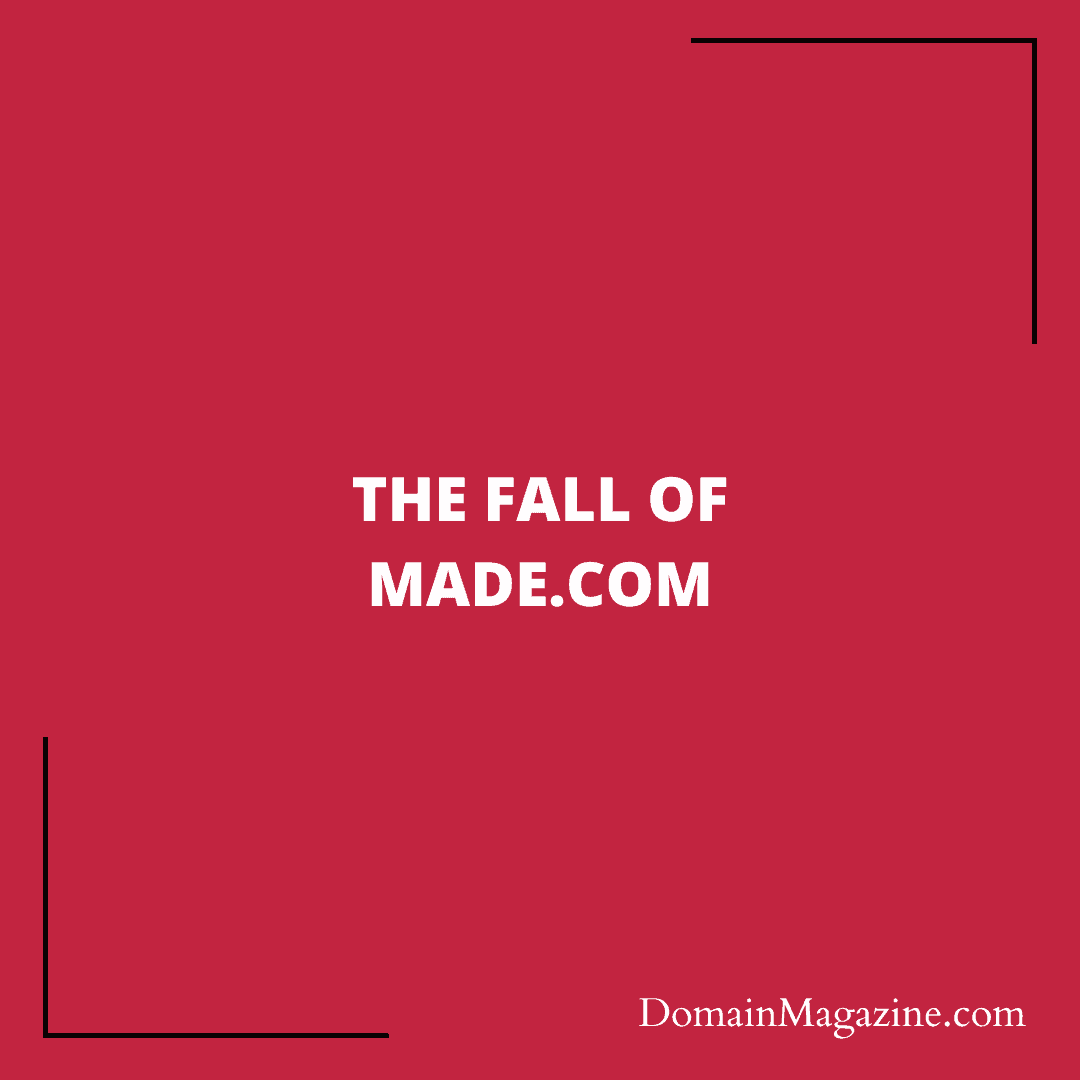Made.com’s stock of furniture are being collected so that they can be auctioned off. This step aims to console the creditors of the company with whatever payback that remains possible. However, Made.com was a very successful company not very long ago. So what led to the fall of the UK Furniture champion?

Made.com was founded in 2010 to provide affordable high end furniture. The company aimed at replacing the global furniture leader IKEA. The company was accepted by the UK citizen wholeheartedly, for its unique branding stance. The company collaborated with only select partners and even refrained from opening physical stores. Although in later stages the company did open physical stores, its emphasis had always been online.
The golden time in the company’s fortunes arrived during the pandemic. The pandemic forced people to shut themselves in their homes. It was during this period that many started to explore their furniture options. The pandemic also provided a unique opportunity to exploit the relaxed supply chain induced by massive lockdowns, shutting down major businesses.
Aided by these favourable conditions, Made.com flew. The company reported a sale of £315 million in 2020, a rise of 30%. The fantastic growth continued till the first few months of 2021, where the company reached a growth of over 60%. Propelled by these sharp growth rates, Made.com filed for an IPO. Now, this is where the troubles for Made.com began.
The company kept the stock price at 200 pence. This gave the company a net valuation of £775 million. However, just after the listing for IPO, the company’s stock prices took a windfall. On the first day itself the share price fell by 7% and hasn’t recovered since then.
Another reason that hampered the furniture company was the increased pressure on the supply chain. The company took advantage of a relaxed supply chain system. However, once businesses started opening up, the pressure on the supply chain enhanced. Made.com found it extremely difficult to deliver their products to the consumers on time. Many customers complained about the delay in product delivery, sometimes even extending to a month.
What added salt to Made.com’s wounds was the sharp rise in the cost of living. After the lifting of the pandemic, it became costly for everyone to do the same thing they did before the pandemic. In such situations people refrain from investment, especially in depreciating assets like furniture.
This all kept driving the company down. In 2022, the company’s loss grew to £35.3 million. The situation declined to a point where people who had paid for the furniture, neither received the product nor did they find any way for cashback from the company. The Board of Directors then decided to proceed the company to administration.

Administration is a special alternative to filing outright bankruptcy. Company’s brand name, domain name and its unique designs of furniture were sold off to the rival Next at a price of £3.4 million. Do remember that once the company was valued at £775 million.
While the Intellectual property was auctioned off, the stock of furniture piled by the company is next in line.


Join the Discussion